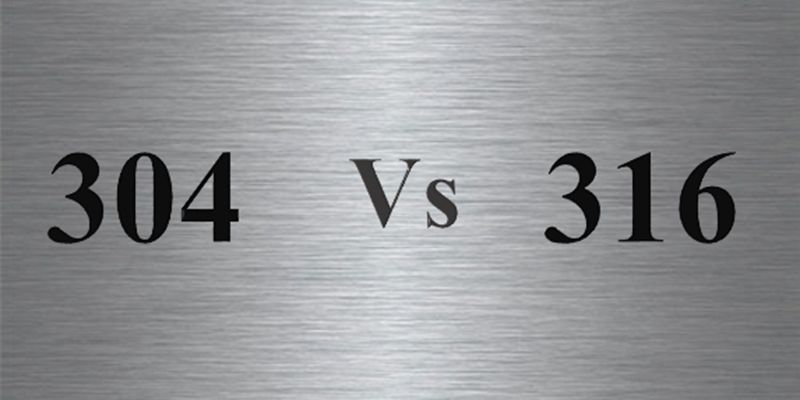When a steel gas spring is less practical if the application could possibly come into contact with water or moisture in any way. The gas spring will eventually rust, show traces of corrosion and break. Something you would of course want to avoid.
An ideal alternative is a stainless steel gas spring. This material is corrosion resistant and also meets certain hygienic requirements – something that is often very important in the chemical and food industry. At Guangzhou Tieying Spring Technology Co.,Ltd we offer two types of stainless steel, namely stainless steel 304 and stainless steel 316. We are of course also happy to explain the difference between them.

The difference between 304 and 316:
The big difference between stainless steel 304 and stainless steel 316 is in the composition of the materials. Stainless steel 316 contains 2% molybdenum, which makes the material more resistant to crevice, pitting and stress corrosion cracking. The molybdenum in stainless steel 316 makes it less sensitive to chlorides. This property in combination with a higher percentage of nickel increases the corrosion resistance of stainless steel 316.
The weak point of stainless steel 304 is its sensitivity to chlorides and acids, which can cause corrosion (local or otherwise). Despite this drawback, a gas spring made of stainless steel 304 is an excellent solution for home-garden-and-kitchen applications.
When selecting a material for a gas spring, it's important to consider the specific environmental conditions the spring will be exposed to. If the environment involves exposure to corrosive elements, especially saltwater or harsh chemicals, 316 stainless steel might be a better choice for its superior corrosion resistance. However, if cost is a significant factor and the environment is less demanding, 304 stainless steel might be sufficient for the application.
Post time: Nov-17-2023



